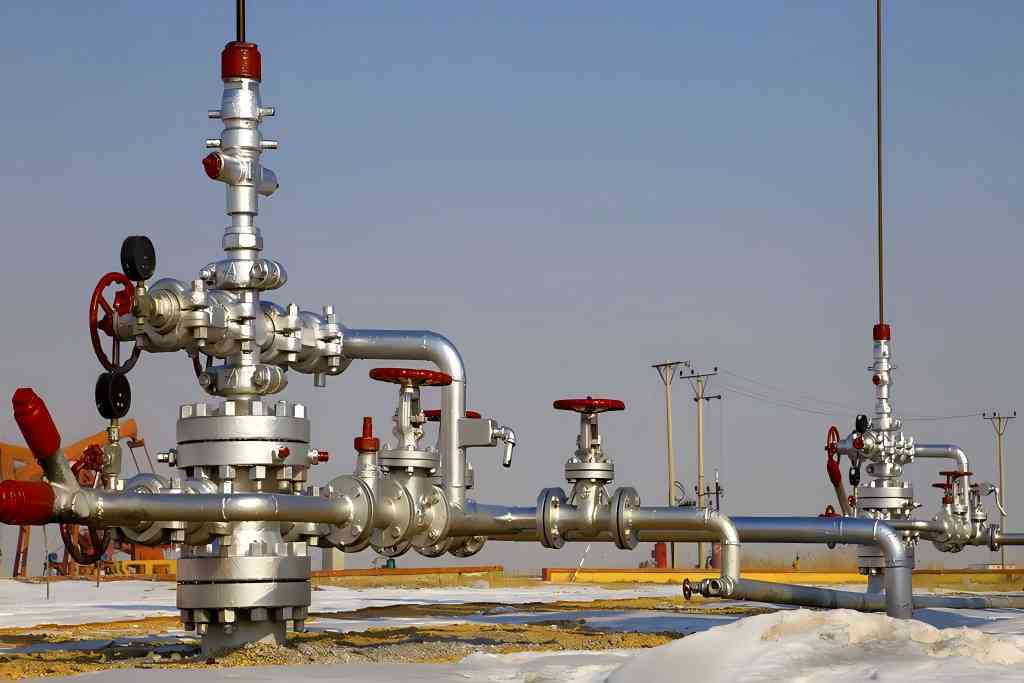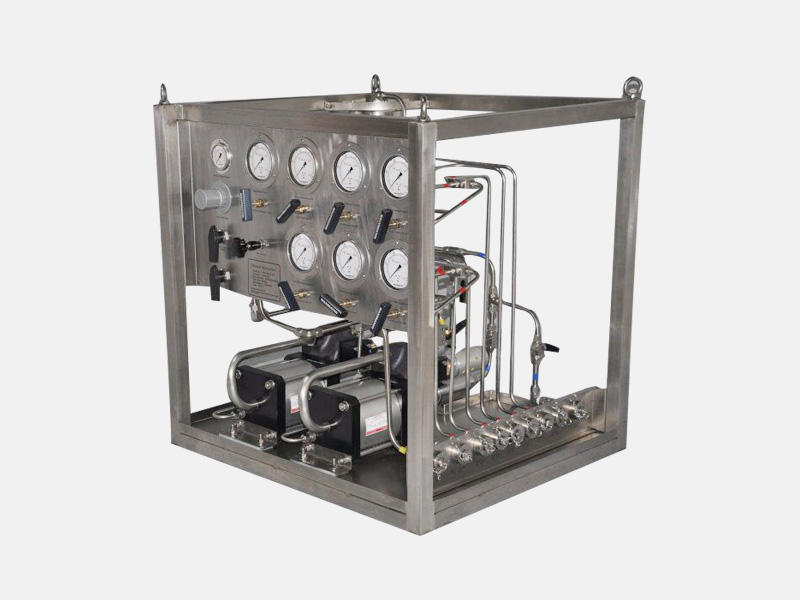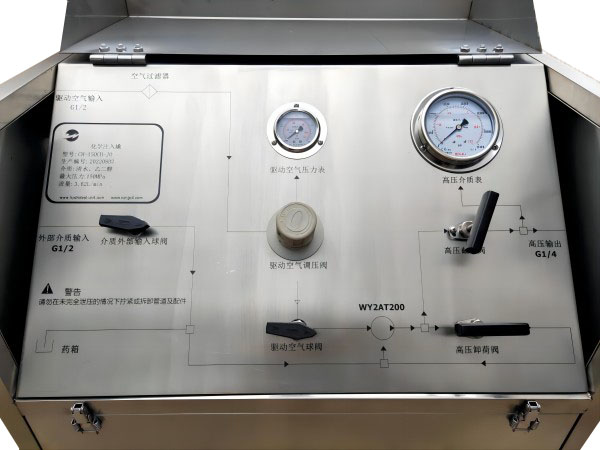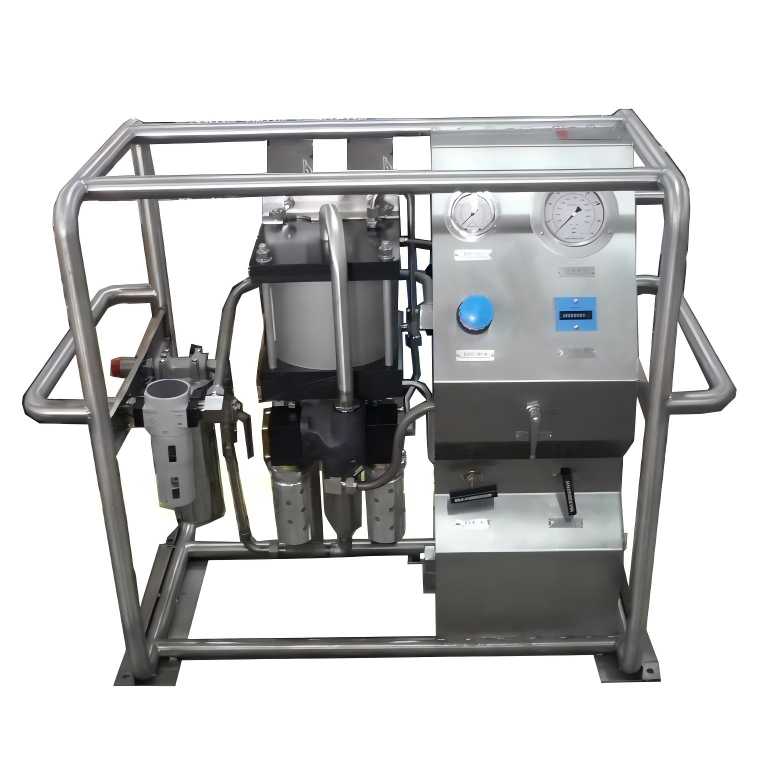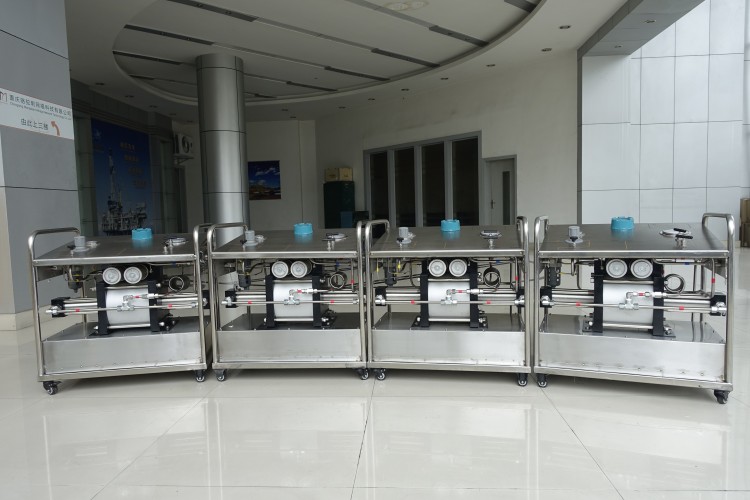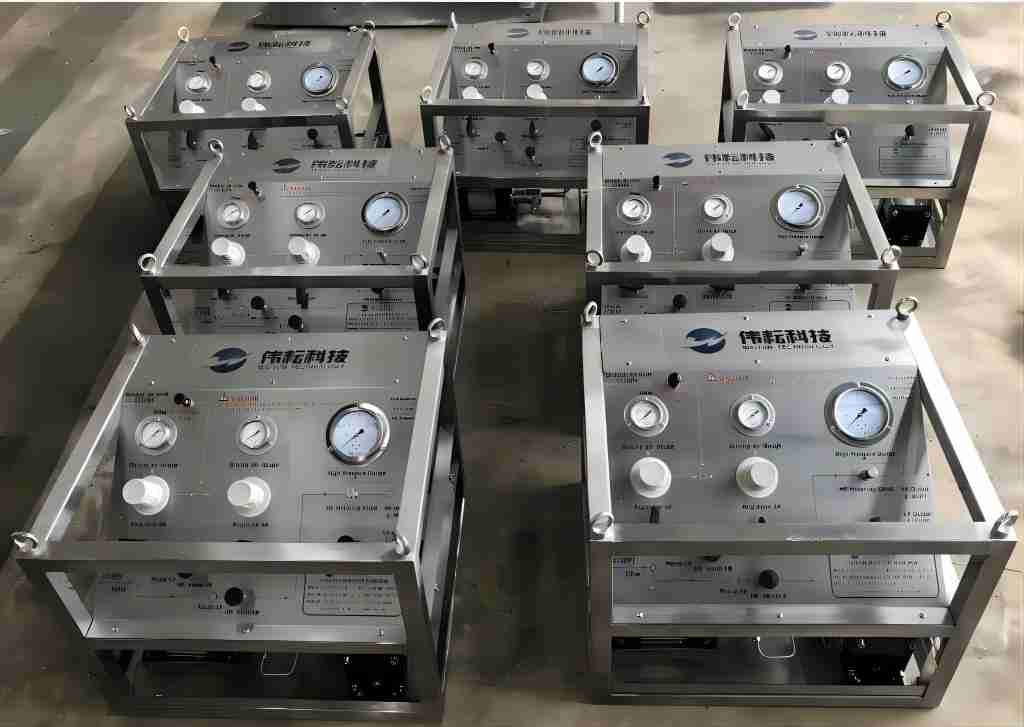Chemical Injection Pumps for Oil and Gas: Classification and Selection
Chemical injection plays a critical role in various stages of oil and gas production. These injected chemicals perform a variety of functions, including:
- Corrosion and scale inhibition: Inhibiting the buildup of unwanted materials that can damage pipelines and equipment.
- Hydrate inhibition: Preventing the formation of ice crystals (hydrates) in pipelines, which can block flow.
- Paraffin control: Preventing the solidification of paraffin wax in pipelines, leading to flow issues.
- Demulsifiers: Separating water from crude oil for efficient transportation and processing.
Chemical injection pumps are essential components in these processes, precisely metering and delivering the required chemicals at specific pressures into the oil and gas stream. Selecting the most appropriate pump type is crucial for safe, efficient, and reliable oil and gas production.
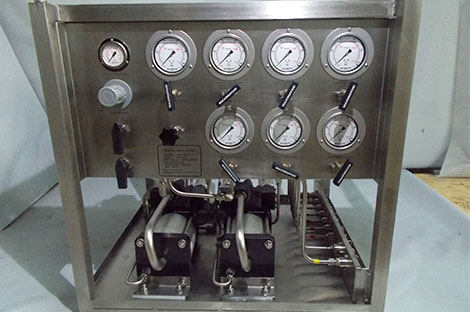
Classification of Chemical Injection Pumps for Oil and Gas
Chemical injection pumps for oil and gas applications can be primarily classified based on their power source and actuation mechanism.
A. Power Source
1. Electric Chemical Injection Pumps:
Electric chemical injection pumps are powered by an electric motor. They offer several advantages, including:
- Precise Control: Electric motors allow for precise control over the pump’s speed, enabling accurate flow rate regulation. This is essential for applications requiring consistent and controlled chemical injection.
- Wider Flow Rate Range: Electric pumps can typically achieve a wider range of flow rates compared to pneumatic pumps. This versatility makes them suitable for diverse injection requirements.
However, electric pumps also have some limitations:
- Reliance on External Power Source: Electric pumps depend on a reliable source of electricity to function. This can be a challenge in remote locations or areas with unstable power grids.
- Potential for Electrical Issues: Electrical components are more susceptible to malfunctions in harsh environments with moisture, vibration, or extreme temperatures.
2. Pneumatic Chemical Injection Pumps:
Pneumatic chemical injection pumps utilize compressed air or gas as their power source. These pumps offer distinct benefits:
- Suitability for Harsh Environments: Pneumatic pumps are generally more robust and reliable in harsh environments like offshore platforms or sour gas wells. They are less susceptible to electrical issues and can operate in areas with limited access to electricity.
- Handling Volatile Chemicals: Due to the absence of electrical components, pneumatic pumps are well-suited for injecting flammable or volatile chemicals, minimizing the risk of ignition.
However, there are some drawbacks to consider:
- Positive Displacement Principle Limitations: Pneumatic pumps operate on the positive displacement principle, meaning their flow rate is directly proportional to the pump’s displacement and cycle rate. This can limit their ability to achieve very high flow rates or respond quickly to changing flow demands.
3. Solar Chemical Injection Pumps (Brief Mention):
- Solar-powered chemical injection pumps are an emerging alternative, particularly for remote locations with limited access to electricity. They offer the advantage of being environmentally friendly and require minimal maintenance. However, their power output is typically lower, limiting their application to scenarios with lower flow rate requirements.
B. Actuation Mechanism (Focus on Pneumatic Pumps):
Since pneumatic pumps are widely used in oil and gas applications, here’s a closer look at their actuation mechanisms:
1. Piston Type Pneumatic Pump:
Piston type pneumatic pumps utilize a reciprocating piston within a cylinder to create pressure and displacement. Compressed air drives the piston back and forth, drawing in and discharging the chemical on each cycle.
- Advantages: Piston pumps can achieve high discharge pressures, making them suitable for deep well injection or applications requiring high pressure for efficient chemical distribution.
- Disadvantages: The reciprocating motion of the piston can lead to wear and tear on components over time. Additionally, if not properly lubricated, the piston can seize, potentially causing pump failure.
2. Diaphragm Type Pneumatic Pump:
Diaphragm type pneumatic pumps employ a flexible diaphragm to move the chemical. Compressed air pressurizes one side of the diaphragm, causing it to flex and displace the chemical on the opposite side.
- Advantages: Diaphragm pumps offer gentler handling of the chemicals compared to piston pumps, minimizing the risk of shearing or degradation. Additionally, the design reduces the potential for leaks, making them suitable for environmentally sensitive applications.
- Disadvantages: Diaphragm pumps typically have lower pressure capabilities compared to piston pumps. They may not be suitable for high-pressure injection requirements.
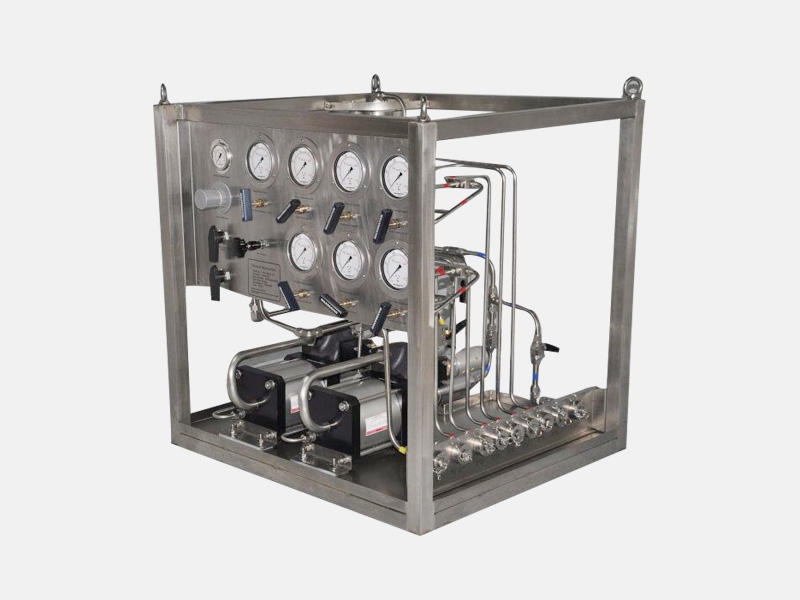
Selecting the Right Chemical Injection Pump for Oil and Gas Applications
1. Chemical Compatibility: The pump’s material selection must be compatible with the specific chemicals being injected. Factors like chemical corrosivity and abrasiveness need to be evaluated to ensure the pump’s long-term functionality and prevent potential leaks or failures.
2. Flow Rate and Pressure Requirements: The pump’s flow rate and pressure capabilities must match the specific demands of the application. Factors to consider include:
- Desired injection rate of the chemical: This depends on the wellbore or pipeline size, application requirements (e.g., corrosion inhibitor dosage), and desired treatment effect.
- Backpressure in the injection line: The pump must be able to overcome the pressure existing in the pipeline or wellbore where the chemical is being injected.
3. Environmental Conditions: The pump’s suitability for the operating environment is crucial. Key factors include:
- Temperature range: The pump’s materials and design should be able to withstand the ambient and process temperatures encountered at the installation site.
- Explosion risk: If the environment is classified as hazardous due to the presence of flammable materials, a pneumatic pump with a non-sparking design might be preferred to minimize ignition risks.
- Presence of moisture, dust, or contaminants: The pump’s enclosure should be appropriate for the environmental conditions to prevent the ingress of contaminants that could damage internal components.
4. Power Availability and Reliability:
- Electric pumps: If an electric pump is chosen, a reliable source of electricity is essential. Consider backup power options in case of power outages.
- Pneumatic pumps: Ensure a consistent supply of compressed air at the required pressure is available. Evaluate the reliability of the compressed air system to avoid injection interruptions.
5. Maintenance Requirements: Consider the ease of access for maintenance and service when selecting a pump. Factors to evaluate include:
- Frequency of scheduled maintenance: Different pump types have varying maintenance needs. Pneumatic pumps generally require less frequent maintenance compared to electric pumps with their motors and control systems.
- Availability of spare parts: Ensure critical spare parts are readily available to minimize downtime in case of repairs or replacements.
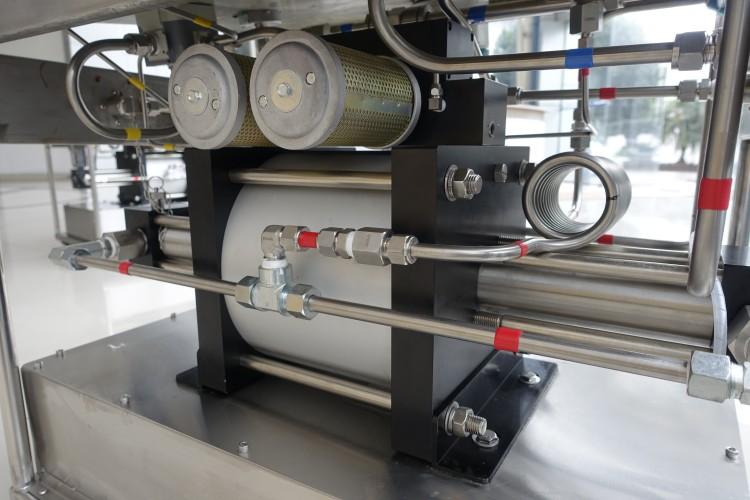
Conclusion
Chemical injection pumps are vital components in oil and gas production, ensuring efficient and reliable operation by precisely delivering essential chemicals. Understanding the different classifications and selection factors empowers oil and gas professionals to choose the most suitable pump for each application. By considering factors like chemical compatibility, flow rate and pressure requirements, environmental conditions, power availability, and maintenance needs, optimal performance, and long-term pump functionality can be achieved, ultimately contributing to successful and efficient oil and gas production.

